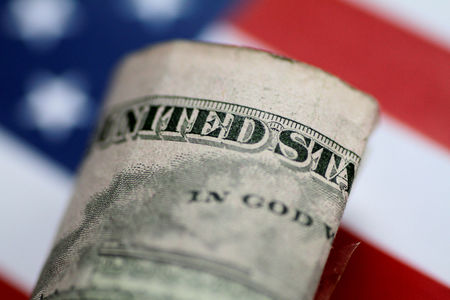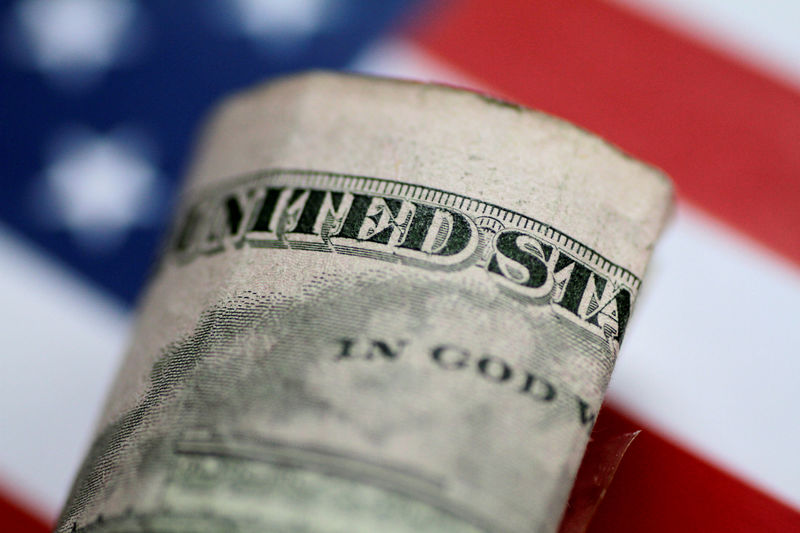
Investing.com – The U.S. dollar typically enjoys the month of May, but this year appears to be different, according to UBS analysis.
“May has historically been a positive month for the dollar: our seasonality indicator shows that demand for the US dollar typically picks up in late April and culminates around mid-May, with the euro, Australian dollar and New Zealand dollar typically the hardest hit.” – analysts This is stated in a message from the Swiss bank dated May 13.
However, according to UBS, the dollar has not seen much of a seasonal rally so far, which intuitively fits with the lack of a May sell trend in equities.
While favorable corporate earnings and a dovish FOMC shift were likely the primary explanation, we also see that negative May stock returns have actually become less common over the past 10 years, with only 2019 being negative.
“For the foreign exchange market in particular, this also indicates that the market may already be long the US dollar for positive pass-through and as a defensive hedge,” UBS added. “This prevents the damaging and dollar-positive de-risking that may have occurred in past episodes when the dollar was more of a source of risk financing.”


